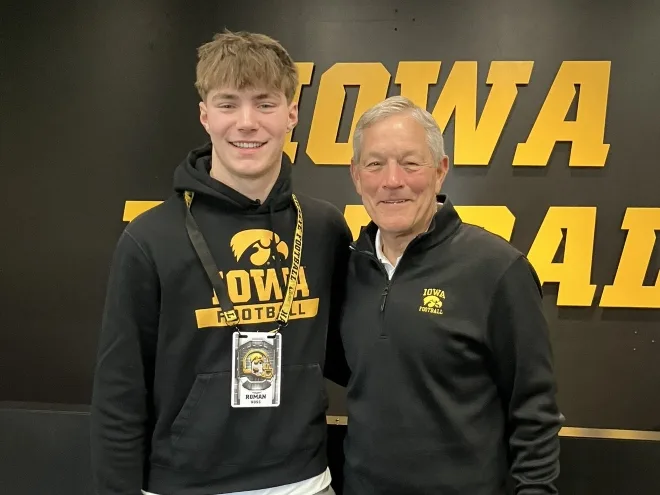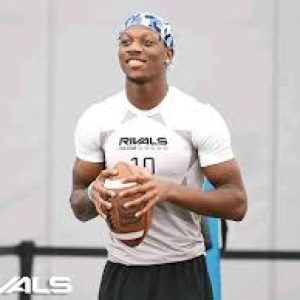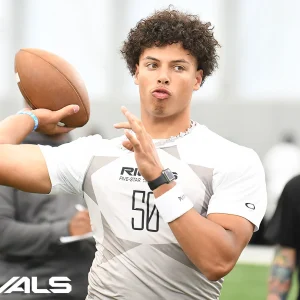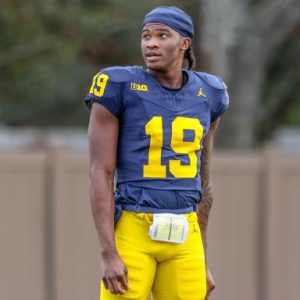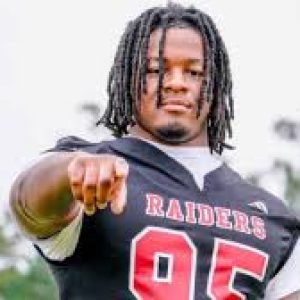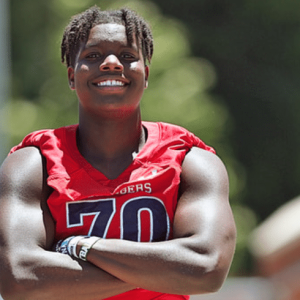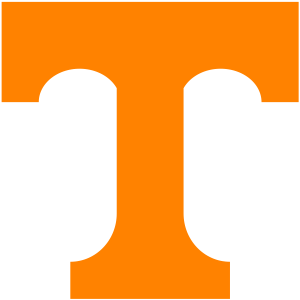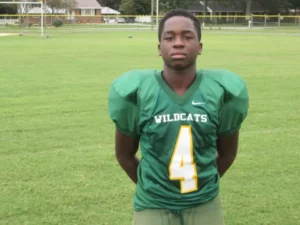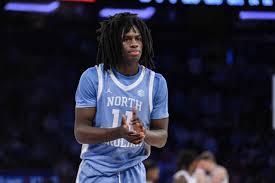IOWA CITY, IOWA: The University of Iowa football program is methodically constructing its future through a balanced approach to recruiting that perfectly aligns with Kirk Ferentz’s proven developmental philosophy. Currently holding the No. 21 ranked recruiting class in the 2026 cycle according to On3 Industry, the
Hawkeyes have secured six early commitments with strategic focus on trenches and positional development. Iowa’s approach in the Big Ten continues to prioritize finding players who fit their specific system rather than chasing stars, with early returns showing this blueprint is working exceptionally well for a program known for maximizing talent.
Program Identity & Development Needs
Iowa’s roster construction reflects their longstanding commitment to development, particularly along the offensive line and in the defensive secondary. With four of their six current commits playing offensive line, the Hawkeyes are addressing a cornerstone of their program identity. Transfer additions like Mark Gronowski at quarterback provide immediate solutions while the developmental pipeline continues.
The Hawkeyes have produced remarkable results from their developmental approach, particularly at tight end, where they’ve sent 11 players to the NFL since 2000, including first-rounders T.J. Hockenson and Noah Fant. This position remains a priority in their 2026 class.
“We’ve got a pretty specific idea of what we’re looking for,” Ferentz has said about his recruiting approach. “We’re more concerned about how guys are going to develop in our program than what they’ve already done.”
This recruiting cycle specifically addresses two crucial needs: finding another quarterback to pair with commit Cash Herrera and securing elite tight end talent to continue their tradition at that position.

Recruit Fit Analysis
Roman Voss, the No. 1 ranked prospect in Minnesota and No. 78 prospect nationally according to On3, exemplifies Iowa’s targeted recruiting approach at tight end. His versatile athleticism and frame project him as the next in line for Iowa’s tight end factory. With college-ready receiving skills and developmental upside as a blocker, Voss fits the mold of previous Iowa tight ends like Sam LaPorta who thrived in their system.
“I believe they would be a great fit for me because of the connection I feel the offensive line room has, also the leadership and commitment to developing me as a player and a young man from Coach Barnett and Coach Ferentz,” said Gene Riordan, Illinois’ top-ranked offensive line prospect who remains high on Iowa.
On the defensive side, linebacker Julian Manson brings local ties with his father Jason playing at Iowa and now serving as the program’s Family Director of Player Development. His instinctive play and coverage abilities fit Iowa’s linebacker development model, following the path of recent NFL draftees like Jack Campbell.
Future Outlook
The Hawkeyes’ recruiting momentum appears to be building toward a potential top-15 class finish, with several highly-rated targets trending toward Iowa. Landing remaining targets like four-star quarterback Peyton Falzone from Pennsylvania would complete a balanced class addressing every position group.
If Iowa secures the multiple top-ranked state prospects they’re targeting (Voss from Minnesota, Riordan from Illinois, and Manson from Iowa), they’ll have the foundation for a class that could help them compete for Big Ten West supremacy in the 2026-2028 window.
Experts project this developmental approach will once again place Iowa in a strong competitive position within the conference, particularly if they can continue leveraging their reputation for NFL development to secure top positional talent despite facing increased recruiting competition from programs with larger NIL operations.
For more recruiting updates, follow College Football coverage on Prospect-Radar.com, including recent articles like Iowa Hawkeye Football Recruiting Win: Mason Woods and 8 Elite Players Who Skipped the Transfer Portal and Transformed Their Teams.

